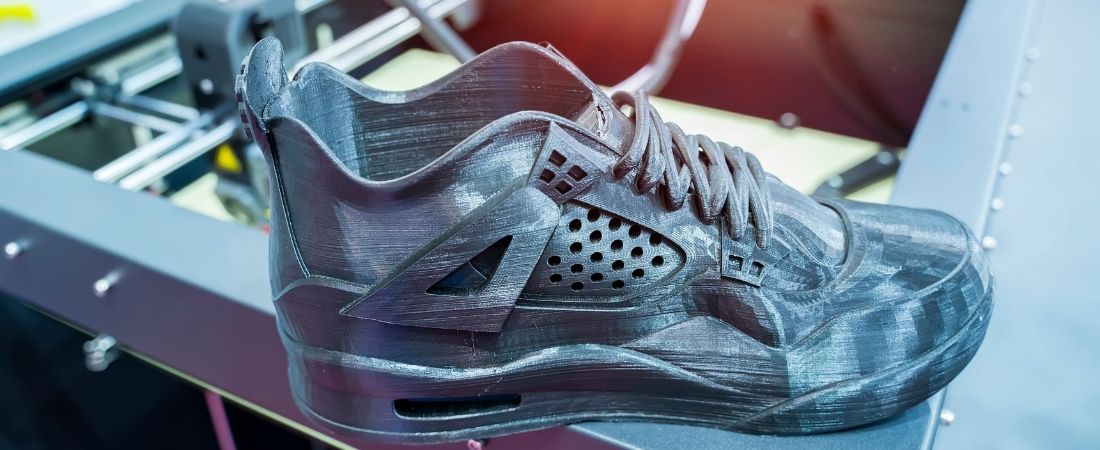
The feeling of exclusivity, sticking out in a crowd, and delivering a tailored experience are all aspects of luxury. Luxury brands may begin to create the impossible with 3D printing and no longer be limited by what is “possible.” In the last few years, industrial 3D printing has vastly improved in quality, delivering components with smooth surfaces, no visible layers, and professional qualities that are equal to injection molding. As a result, the involvement of additive manufacturing in the luxury sector has grown dramatically. 3D printing has become a suitable solution for serial production and end-use parts as industrial technologies have progressed. What role does 3D printing play in your luxury project? Here are the things you need to know about 3D printing metallization!
What Is Metallization?
Metallization is the electroforming process of depositing a thin layer of metal onto an object’s surface. Polymer pieces have the appearance of a metal surface but don’t have the weight of an entire metal item. This technique can raise the surface by several millimeters. It’s vital to remember that the metallization process will accentuate the surface quality, exposing every feature; you’ll need a smooth, even surface if you want a smooth, even finish.
How Does It Work?
A conductive layer is applied after an initial tumble polishing removes rough surfaces. The portion is electrically contacted, causing metal ions to oxidize and reduce, preparing them to accept the metal surface. The part is immersed in a copper or nickel bath, and the length of time it spends there determines the thickness of the metal deposited—from a few microns to several millimeters.
Qualities Of Metallization
Metallization works best on all polymer and photopolymer materials, such as PA12 and TPU01, which use Selective Laser Sintering and Multi Jet Fusion technologies, respectively. The corrosion-resistant, lightweight, air-tight, and waterproof properties of these polymer materials are achieved after metallization.
Metallization is also achievable on resin materials, as we’ll see when we talk about ornate perfume bottle caps later on. The highly smooth surface of resin after printing is a significant advantage of employing resin, as it does not require polishing or a chemical smoothing process before metallization. Metallization significantly decreases an object’s surface roughness, making it the best surface treatment among most post-processing alternatives.
We hope you have enjoyed our recap of the things you need to know about 3D printing metallization. If you are looking to utilize an SLS 3D printing service, be sure to reach out to Tangible Creative today!
